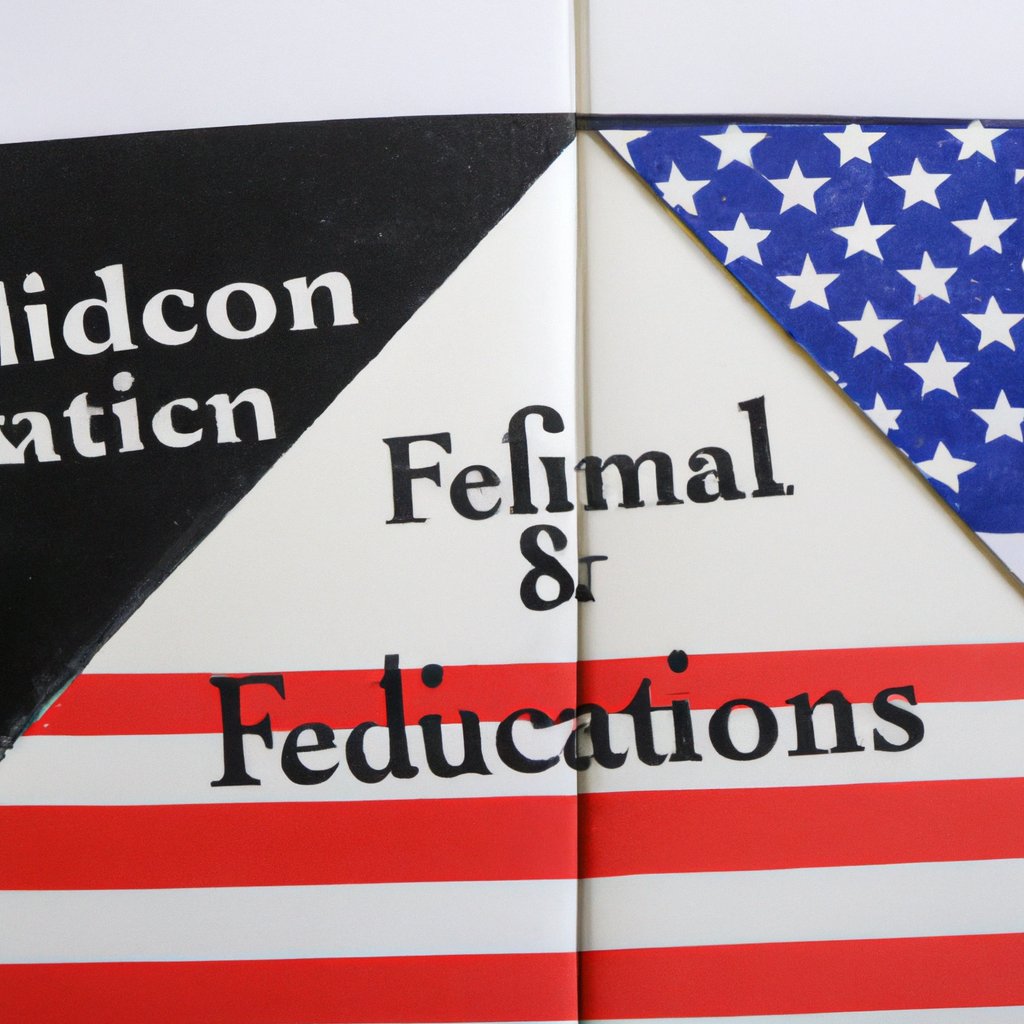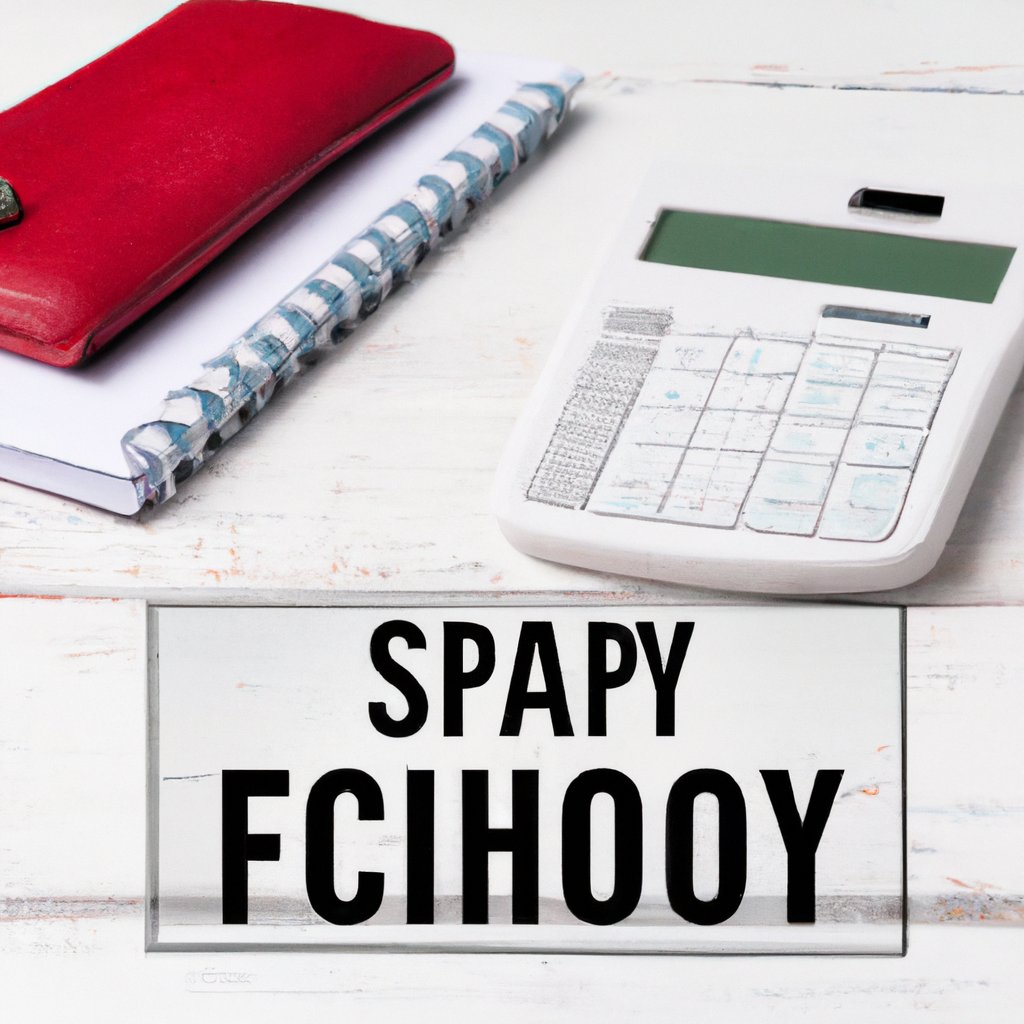As Americans, we often hear about the division of power between our federal government and state governments. But did you know that this concept has a name? It’s called dual federalism, or sometimes referred to as “”layer cake”” federalism. Understanding what it is and how it shapes American politics is crucial for comprehending the broader context of political decision-making in our country. In this article, we will delve into the basics of dual federalism, explore its pros and cons, and discuss how it compares to other forms of federalism such as new federalism or marble cake federalism. So buckle up and get ready to learn!
What is Dual Federalism?
At its core, dual federalism is a political framework in which power is divided between the national government and state governments. This system was established by our founding fathers in the U.
S. Constitution as a way to limit the centralization of power at one level of government.
Under this model, the national government has specific enumerated powers outlined in the Constitution, while any powers not granted to it are reserved for individual states. This means that each level of government can make decisions independently from one another on issues such as taxation, education policies, and law enforcement.
Dual federalism also sets up a system of checks and balances between levels of government. For example, if a state passes legislation that contradicts federal law or policy, it may be challenged in court by other states or even individuals who feel their rights have been violated.
Dual federalism emphasizes decentralization and local control over certain aspects of governance while still maintaining some level of oversight from higher authorities – an approach that continues to shape American politics today.
How Dual Federalism Shapes American Politics
Dual federalism, also known as layer-cake federalism, is a system of government wherein the powers and responsibilities of the national and state governments are clearly divided. This division aims to limit the power of the central government while providing states with more autonomy in decision-making.
One way dual federalism shapes American politics is through its impact on policy-making. Since the powers and responsibilities of each level of government are distinct, it can be difficult for different branches to coordinate their efforts effectively. As a result, there have been instances where states have enacted policies that conflict with those implemented at the national level.
Another way dual federalism influences American politics is through its implications for partisan politics. Because state governments have greater autonomy under this system, they may choose to pursue policies that align more closely with their own political ideologies rather than those held by officials in Washington D.
C.
Despite these challenges, some argue that dual federalism has positive effects on American democracy as well. By limiting centralized power and allowing for greater local control over policy decisions, this system encourages citizen participation in democratic processes at all levels of government.
It’s clear that dual federalism plays an important role in shaping American politics today – both positively and negatively – making it an essential concept for anyone interested in understanding how our democracy functions.
The Pros and Cons of Dual Federalism
Dual federalism is a system of governance that grants powers and responsibilities to both the national government and state governments. Like any political system, it has its advantages and disadvantages.
One advantage of dual federalism is that it allows for greater flexibility in policymaking. State governments can tailor policies to meet local needs and respond more quickly to emerging issues than the national government can.
Another benefit of dual federalism is that it promotes competition between states. With each state having significant autonomy, they must compete with one another to attract businesses, residents, and investment. This incentivizes them to be efficient and innovative in addressing their citizens’ needs.
However, there are also some drawbacks associated with this system. For example, dual federalism can lead to inequalities between states regarding access to resources such as education or healthcare. States with fewer resources may not be able to provide adequate services compared to wealthier states.
Additionally, because power is dispersed among multiple levels of government, coordination between these entities can sometimes become challenging. This could result in policy gaps or conflicts that prevent effective decision-making from taking place.
While dual federalism has its advantages concerning flexibility and competition for resources amongst states; however; the potential for inequality exists due to resource distribution disparity across different regions in America causing the possibility of ineffective decision making within public policy matters when poorly coordinated at different governmental levels
Conclusion
Dual federalism is a fundamental concept that has shaped American politics for centuries. It represents the division of power between the national and state governments, with each entity exercising its own unique authority in certain areas.
While there are pros and cons to this system, including protecting states’ rights and promoting policy experimentation at the local level, it also allows for potentially unequal treatment among citizens across different states.
As new federalism emerged to address some of these issues in the 1960s and 1970s, it introduced greater flexibility and cooperation between levels of government. However, marble cake federalism still exists today as a result of overlapping responsibilities and shared policymaking.
Ultimately, understanding dual federalism is crucial for anyone interested in American political history or contemporary governance structures. By recognizing how this system shapes our society today, we can better appreciate both its strengths and limitations moving forward.




